A cross-country production between Vietnam & Singapore
A sharing by Khanh
Not the first remote shooting that we’ve done, but for the Enfagrow A+ project, it was the first major shoot that LRA Saigon remotely collaborate with LRA Singapore team, who are in charge on the ground as we shoot both the KV and iTVC in Singapore.
My first impression when joining the project is about the cultural differences.
It is shown in the very first internal production kick-off meeting between Singapore and Saigon side, with me as the only or one of a few Vietnamese members in the meeting call. First thing you ask yourself is, how fast do Singaporeans normally talk to each other, compared with Vietnamese?
Yes. Fast but not furious.
In the call, you will also hear a lot of slangs in between the discussion like lah, lor, leh, ba, hao, and many more. And also a lot of Chinese, especially when they want to find a good word that cannot be expressed correctly in English. Sometimes, a person on the Singapore side would be kind enough to remind everyone in the meeting room that they need to keep the discussion in English, or talk slower, because there are also Vietnamese members inside (mostly me haha).
Fortunately, I’ve been quite familiar with it, thanks to a few years working directly with the Singaporean colleagues in LRA Saigon and not much of a challenge to catch up. Even not knowing the correct spot to drop some lahs or lehs in my conversation with the colleagues, I would just go for it whenever it feels right lah.
But for newcomers, listening to a room full of Singlish and Chinese, you will feel like you are in a different country at any moment.
The “culture shock” doesn’t stop there. When we do the casting for Enfa project, the goal is to cast Vietnamese-looking talents that are available in Singapore. When the first round of casting came in, it was interesting to see that a lot of the talents are not originate from Singapore but anywhere else in the South East Asia, namely Vietnam, Thailand, Indonesia, Malaysia, India, etc. Or when we were scouting for location, the houses and apartments also bring a different vibe when seeing the choice of furniture & arrangement, so it brought up a challenge on how we can transform the space to fit Vietnamese taste.
For messaging, Whatsapp is very popular and widely used in Singapore, for business communication as well as with friends and family. On Enfa project, the Producer / Production Manager created a whatsapp group and added all the shooting crews inside, so all important information like call-sheets, location instruction, constraints, covid safety reminder, and so on, were spread evenly.
It sounds like a normal thing to do, but in Vietnam we usually have different groups in several messaging platforms. I can chat with casting on Facebook Messenger, then go talk on Zalo with my suppliers, and share updates on Viber group with agency and client, and you will never know when another new project group chat is created on Skype. That’s a lot of switching between and can be confusing sometimes, as everyone has their own preferred messaging app platform for business communication, so having just one app to talk to everyone would feel more comfortable as well as more efficient if you need to gather people from different parties.
I guess we will face and notice similar differences whenever we participate in a cross-country shoot, but It was exciting, really, to be able to work with a different culture.
How about the remote shooting experience during Enfa project?
On my previous remote shoot, I was with the on-the-ground team, but for Enfa, I was in the remote team. That means my computer screen is my monitor on set, and Google Meets / Zoom are my Walkie Talkie.
My video village: QTAKE on left screen, Shot-list and Zoom call on right screen, Microsoft Teams call with client on phone.
Since the HODs are in 2-3 communication lines at one time, a proper communication workflow is essential, or otherwise it will be difficult to receive all the information properly that is coming in to you. Let’s say: The on-set crew is asking for you on walkie, then the Director wants to request something from production on Zoom call, but you’re busy hearing agency & client feedback on the current shot, where would your attention go? This is when the communication workflow comes in to organize all the talk, where the first thing is saying your name and who’s the person you want to talk to know if they’re available to talk or they are busy talking with other parties, before you actually say what you want to communicate. It is quite similar to Walkie Talkie protocol, but in a more detailed way.
Another very important factor to ensure your remote shooting experience: having a good and stable Internet. Yes, this applies to everyone that uses / spectates the live-feed stream on QTAKE. As a streamer, an Internet connection that can maintain good stream quality and stability is important too. Same thing applied for the viewers, you would want to see high image quality on the stream without lag or random freeze frames, instead of seeing magical glitches.
He was so angry at his Internet speed, he distorted
These are just the more stand-out points amongst many others that I have observed throughout the project. It was not only great to be part of the process, but exciting to see the possibility of future international projects that we can get and deliver prodigious works. Sitting at home and attend shoots anywhere in the world? That’s pretty cool.
Last but not least, this is the final version of the commercial that was released!




